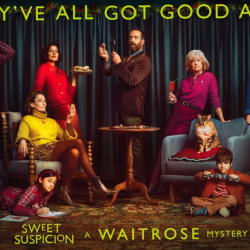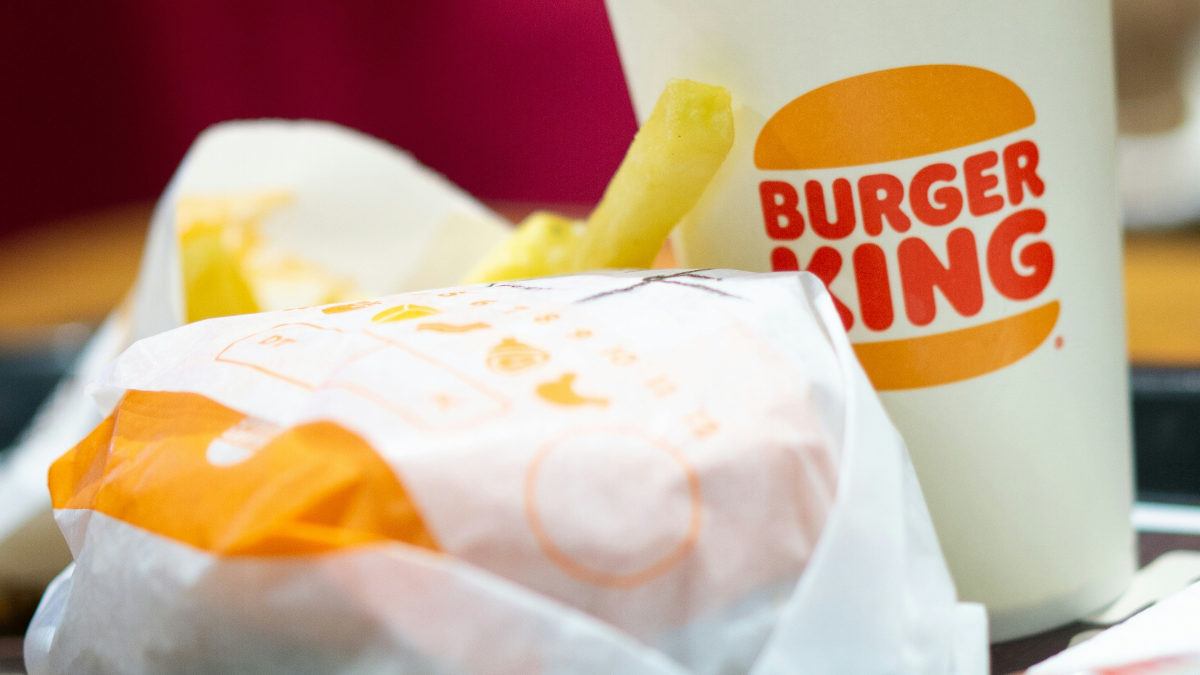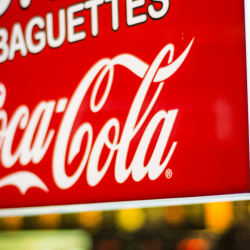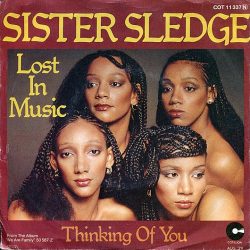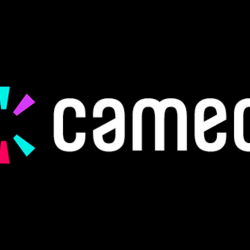When I think about the advertising that I see coming through from the industry, I often wonder, who is it really for? Is it for a media owner who has spent millions on their Cannes beach spot to look different to their next-door neighbour on the Croisette — who also happens to be another media organisation saying similar things to an advertiser? Is it the creative director who wants to make the most amazing ad to inspire other creatives or is it the marketer who wants to put their stamp on changing a brand and having the work reflected on their resume?
I wonder, where is the consumer in all of this? In the dynamic world of advertising and with the constant changes in society, these questions are pivotal. They force us to reconsider the true purpose behind advertising and our motivations — whether professional or personal, in bringing ideas to the world. Nothing should overshadow the true goal — resonating with your audiences, making them understand you and getting them to buy you.
So, when I think about the industry doing things differently I always apply this filter, especially when you see campaigns like McDonald’s’ commended on LinkedIn by industry people as being a great ad.
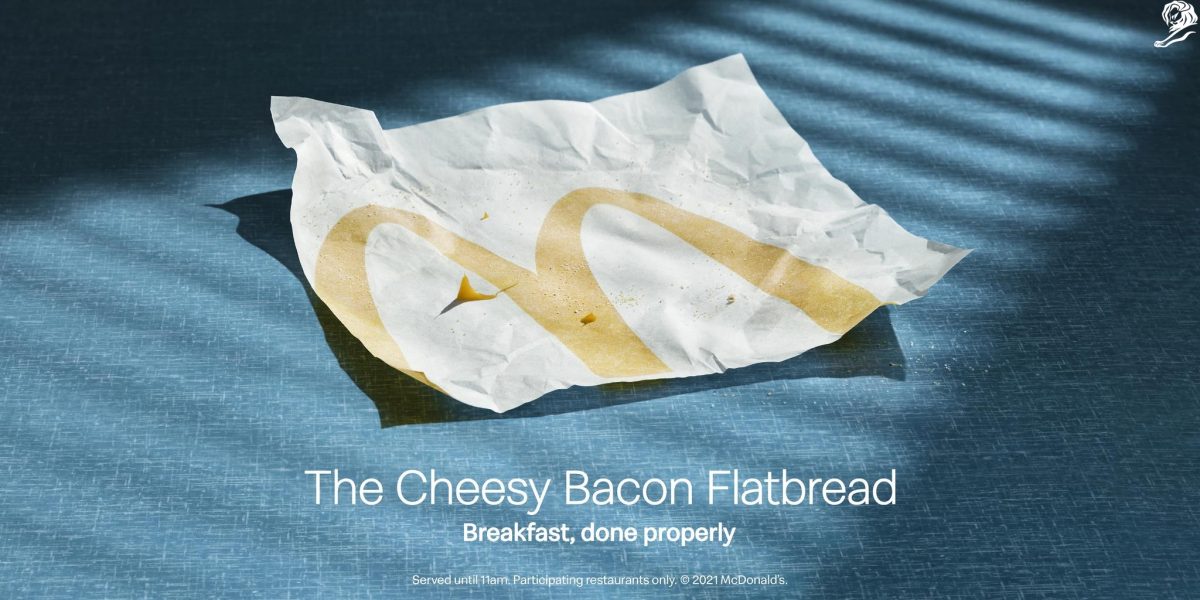
And yes, it’s beautifully shot and there is a clever idea here that aims to entice the audience but equally it’s making it very hard for a time-poor distracted audience to actually get it and thereby — to me — the message gets lost. I ask again, who is this ad made for? The consumer or the advertising community? And not to single out McDonald’s, I also thought the British Airways campaign was made for a specific audience — the marketer and the creative. The OOH were beautifully shot yet the message was lost if you hadn’t seen any of the other complementary executions like the TV ad or even fully understood the British Airways brand.

Even iconic brands need to convey their message in times of tough competition when people are spending less. In the UK alone 6 in 10 adults are spending less on non-essential items due to cost of living increases, and in the US there is data that supports mixed feelings around the US economy and optimism in spending skews differently amongst generations. Consumer sentiment is always the place to start when you want to be a brand that disrupts, stands out, and drives action.
This isn’t about two brands but reflects a broader trend in the industry. There is a growing tendency to prioritise aesthetics over clarity and comprehension. In doing so, there is a risk of alienating the audiences we are aiming to attract.
So why does this matter?
Because companies need to chase success. And success lies in knowing what the audience wants and needs from us. At a recent event, I was asked which brand impresses me right now and I was genuinely stuck answering that. At another event, this same question was asked to another speaker and I was even more surprised that he was finding it tough to answer.
I suppose we should be concerned that it’s getting hard to answer this question. On one side, we are spoiled for choice with marketing technology and talent available. On the other, the pressure to deliver ROI with a focus on customer-centric approaches has never been greater. Given these factors, I would have expected us to list brands that impress us easily, but that hasn’t been the case.
So here are a few examples of brands and media organisations that are doing things differently, standing out without compromising on the audience, message, or comprehension.
A stunt that makes people use you
Monzo ATMs dispensing Greggs Sausage rolls: an amusing stunt perhaps but what it does nicely is surprise and delight its audience as well as getting people to use ATMs. Finding unique ways to get your target audience to try your product is essential to convert anyone in the consideration phase of the purchase journey. And the recall and talkability of the stunt will continue to resonate with audiences — a win-win for both brands.
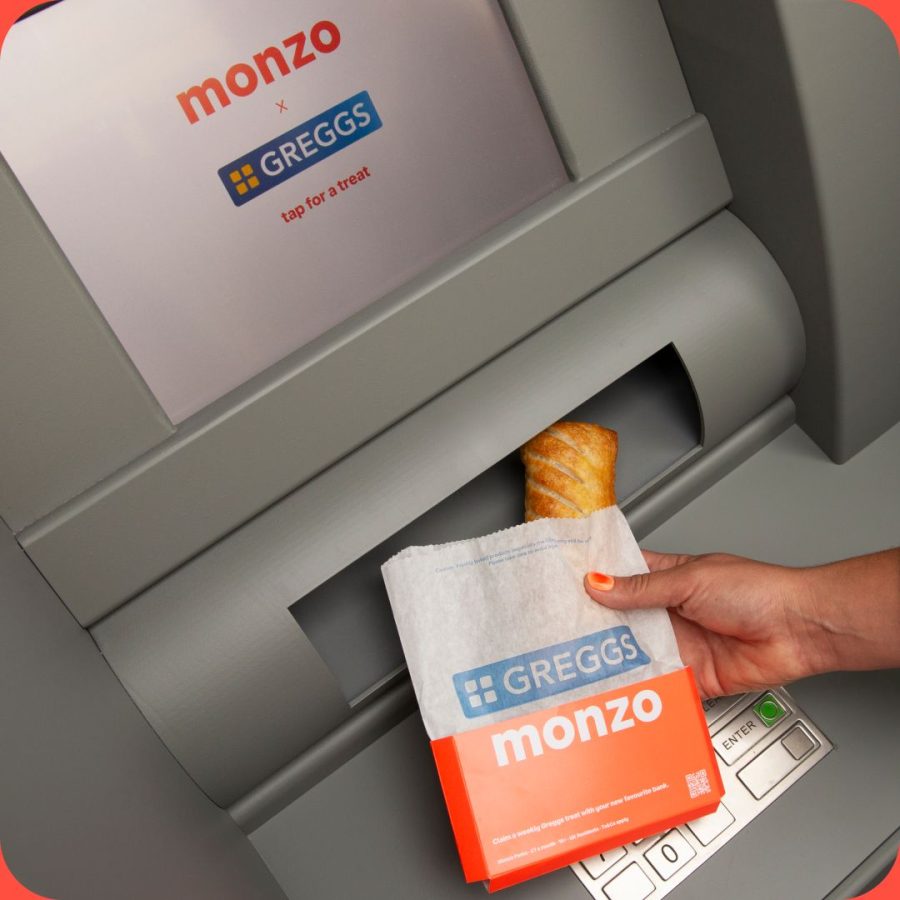
Bringing humour back
Uber Eats Super Bowl ad: The hero ad was fun and playful with plenty of call-outs to the product itself and its use cases. What I particularly loved was how they teased the ad using the concept from a popular scene in the Beckham documentary that had gone viral, in order to build familiarity of the Beckhams whilst bringing humour into their advertising.
Humour over the last few years has been lost so it was great to see how making people laugh was being brought back, but still with a laser focus on the brand, and not just for humour’s sake. In fact, the newest Lynx ads also bring back humour through their ‘power of a fragrance’ campaign. After some hard years and deeply emotional ads, I am thrilled that funny is back.
Innovating without chasing the AI race
Spotify’s innovation: A media owner that I admire due to their consistent innovation within the platform to keep curious minds fed with engaging content. Very rarely do I see Spotify jump on the bandwagon as other tech platforms do with a race to fulfil AI needs with their own versions of ChatGPT. Instead, they have focused on innovating their platform (with AI) to keep their content easily digestible through product launches that are useful to their users.
Simplified messaging
WeTransfer is another brand that always flies under the radar. Their home screen for file sharing doesn’t ask much of its audience apart from asking you to look at it and see a simple brand message from their advertisers. But with such beautiful images with simple calls to action, it creates a trust exchange between the audience and the advertised brand featured by being less shouty — a softer approach that encourages a click-through to find out more.
I know I do.
Ultimately, the advertising industry must move away from making its audience work harder to get their core message. Be more bold yes, be different yes and certainly disrupt — but don’t do it for us, do it for them.
Featured image: Monzo x Greggs



